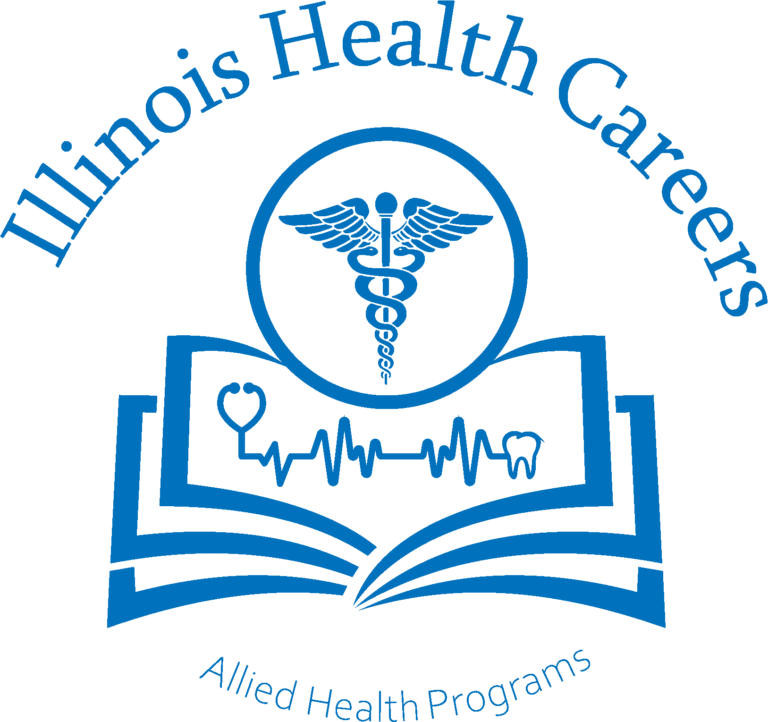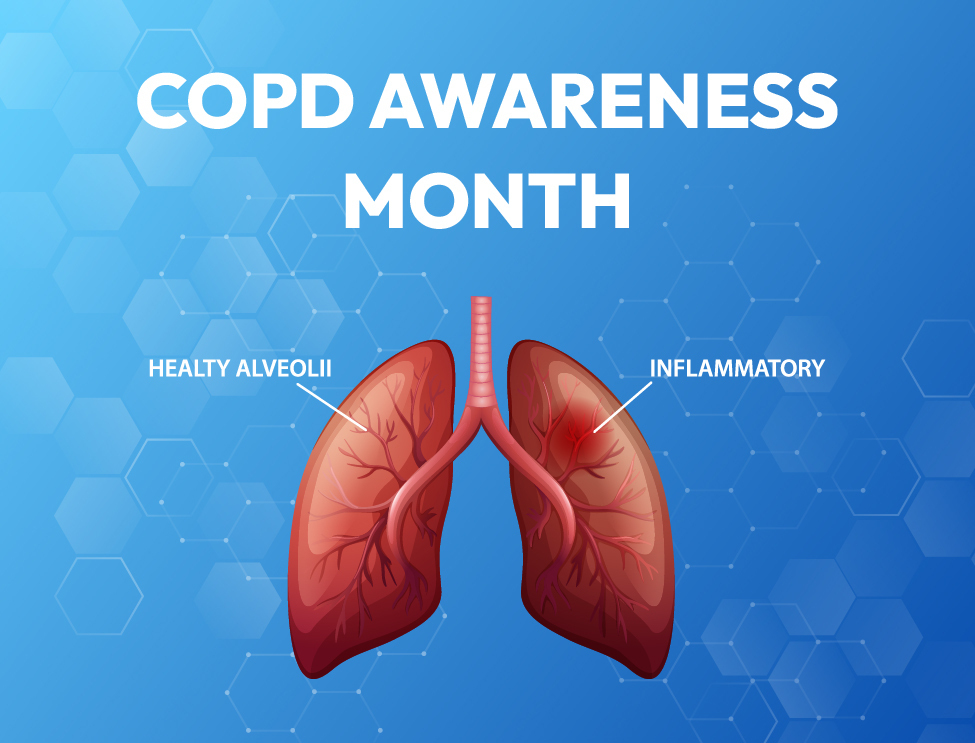Chronic obstructive pulmonary disease (COPD) is a group of lung diseases that block airflow and make breathing difficult. It is the fourth leading cause of death in the United States. Every four minutes, a person is killed by the disease, which annually claims the lives of more than 120,000 Americans.
November is COPD Awareness Month – a chance to educate yourself and others about this severe lung condition. This blog post highlights the different types, symptoms, diagnosis and management on COPD.
The Different Types of COPD
There are different types of COPD, and each type has its symptoms and treatment options. The main types of COPD are Emphysema and chronic bronchitis.
- Chronic bronchitis is the most common form of COPD. It causes the airways to become inflamed. This can cause coughing, wheezing, and trouble getting enough air. Most of the time, bronchodilators, corticosteroids, and oxygen therapy are used to treat this type of COPD.
- Emphysema is a lung disease that causes damage to the air sacs (alveoli) in the lungs. This can make it hard to breathe and make you cough a lot. Bronchodilators, corticosteroids, and oxygen therapy are used to treat Emphysema. In some cases, surgery may also be necessary.
Symptoms of COPD
COPD is a chronic lung disease that makes it difficult to breathe. COPD causes shortness of breath, wheezing, and a tight feeling in the chest. These symptoms may show up slowly and get worse over time. COPD patients may also feel tired, cough (sometimes bringing up mucus), and lose weight.
If you have any of these signs, you should see a doctor to find out what’s wrong and start treatment. When COPD is found and treated early, it can be slowed down and improve your quality of life.
Diagnosing COPD
COPD can be hard to diagnose because its symptoms are similar to those of other conditions, like asthma. Most of the time, the first step in diagnosing COPD is to get a complete medical history and conduct a physical exam.
Spirometry is the most common way to diagnose COPD. This test measures how much air you can exhale in one second and how quickly you can get rid of all the air in your lungs. X-rays of the chest, CT scans, and blood tests may also be used to diagnose COPD. If you have signs of COPD, your doctor will suggest one or more of these tests to confirm the diagnosis.
What Can You Do During This Month?
There are several things you can do to increase your awareness of the condition and take steps to protect your health:
Get Screened for COPD
If you have any symptoms or risks for COPD, such as smoking, dust, or fumes, talk to your doctor about getting screened for the condition.
Quit Smoking
If you smoke, quitting is the best thing you can do to prevent COPD and improve your overall health. Talk to your doctor about quitting smoking and refer to resources such as the Centers for Disease Control and Prevention’s (CDC) Tips from Former Smokers campaign for help quitting.
Manage COPD
Managing your COPD may include taking medications as prescribed and making lifestyle changes such as quitting smoking, exercising regularly, and avoiding exposure to irritants and pollutants.
Know More, Breathe Better
If you or someone you love has COPD, it’s essential to be aware of available resources and support. Many groups and organizations can help you learn about COPD and support you, so don’t hesitate to reach out for help.
Get in touch with Illinois Health Careers to increase your awareness of COPD and take steps to prevent or manage the conditions to improve lung health and quality of life. Illinois Health Careers is proven for its services in health care for providing training and strives to make society aware of this purpose. You can make a plan with them to take action during COPD Awareness Month!


